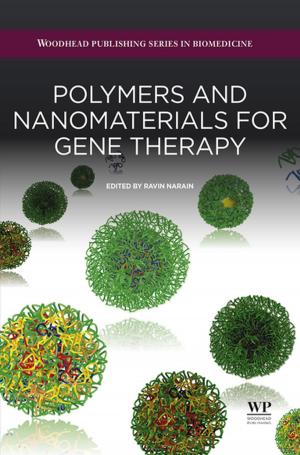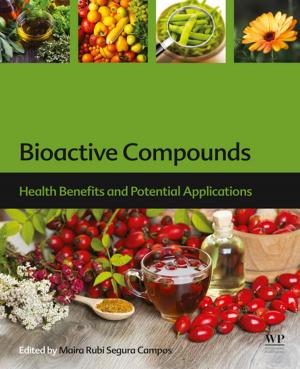Autophagy in Mammalian Systems, Part B
Nonfiction, Science & Nature, Science, Biological Sciences, Cytology, Other Sciences, Molecular Biology| Author: | ISBN: | 9780080923253 | |
| Publisher: | Elsevier Science | Publication: | March 5, 2009 |
| Imprint: | Academic Press | Language: | English |
| Author: | |
| ISBN: | 9780080923253 |
| Publisher: | Elsevier Science |
| Publication: | March 5, 2009 |
| Imprint: | Academic Press |
| Language: | English |
This is the companion volume to Daniel Klionsky’s Autophagy: Lower Eukaryotes, which features the basic methods in autophagy covering yeasts and alternative fungi (aspergillus, podospora, magnaporthe). Klionsky is one of the leading authorities in the field. He is the editor-in-chief of Autophagy. The November 2007 issue of Nature Reviews highlighted his article, “Autophagy: From phenomenology to molecular understanding in less than a decade. He is currently editing guidelines for the field, with 230 contributing authors, that will publish in Autophagy.
Particularly in times of stress, like starvation and disease, higher organisms have an internal mechanism in their cells for chewing up and recycling parts of themselves. The process of internal “house cleaning in the cell is called autophagy – literally self-eating. Breakthroughs in understanding the molecular basis of autophagy came after the cloning of ATG1 (autophagy-related gene 1) in yeast. (To date, 30 additional yeast genes have been identified.) These ATG genes in yeast were the stepping stones to the explosion of research into the molecular analysis of autophagy in higher eukaryotes. In the future, this research will help to design clinical approaches that can turn on autophagy and halt tumor growth.
This is the companion volume to Daniel Klionsky’s Autophagy: Lower Eukaryotes, which features the basic methods in autophagy covering yeasts and alternative fungi (aspergillus, podospora, magnaporthe). Klionsky is one of the leading authorities in the field. He is the editor-in-chief of Autophagy. The November 2007 issue of Nature Reviews highlighted his article, “Autophagy: From phenomenology to molecular understanding in less than a decade. He is currently editing guidelines for the field, with 230 contributing authors, that will publish in Autophagy.
Particularly in times of stress, like starvation and disease, higher organisms have an internal mechanism in their cells for chewing up and recycling parts of themselves. The process of internal “house cleaning in the cell is called autophagy – literally self-eating. Breakthroughs in understanding the molecular basis of autophagy came after the cloning of ATG1 (autophagy-related gene 1) in yeast. (To date, 30 additional yeast genes have been identified.) These ATG genes in yeast were the stepping stones to the explosion of research into the molecular analysis of autophagy in higher eukaryotes. In the future, this research will help to design clinical approaches that can turn on autophagy and halt tumor growth.















